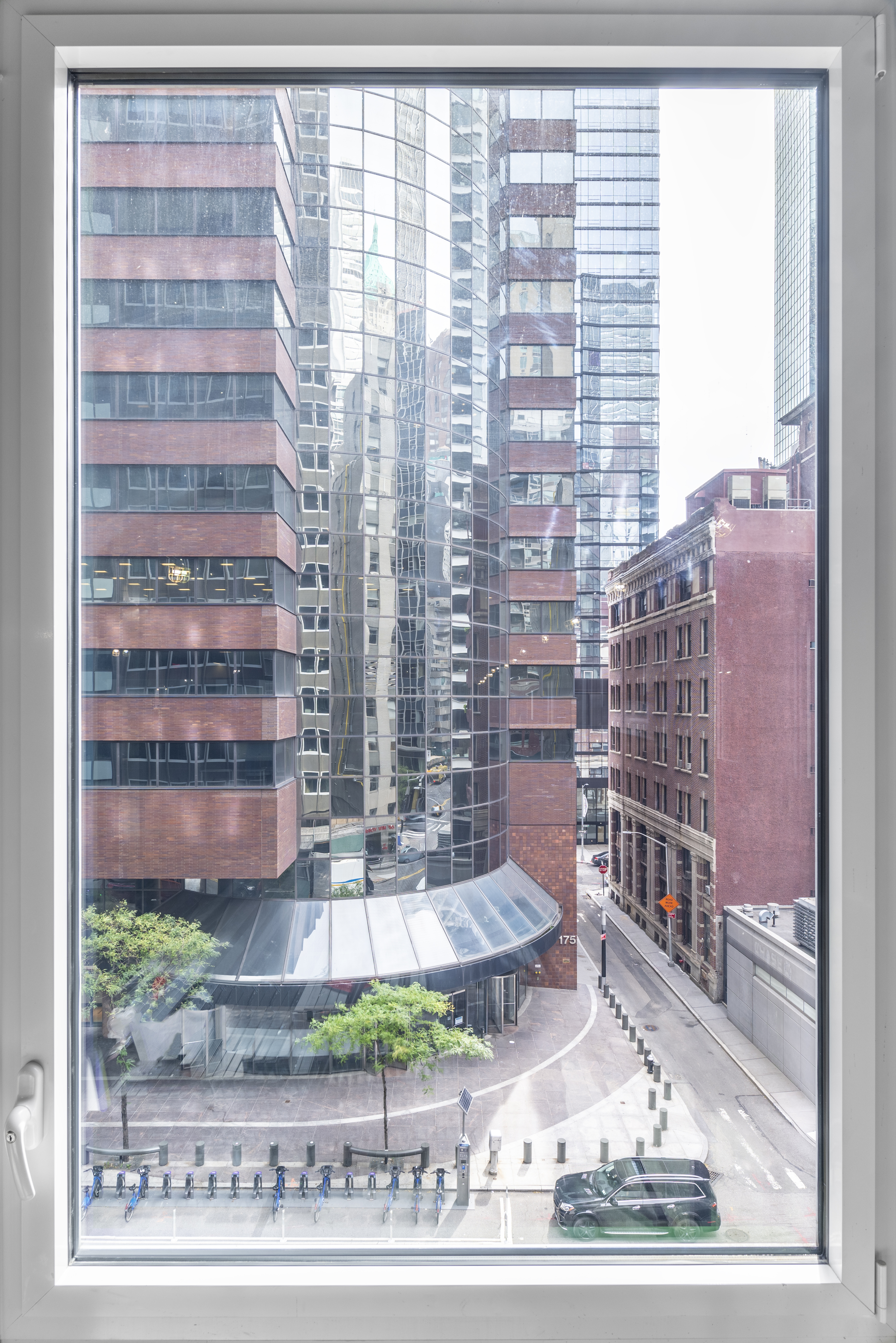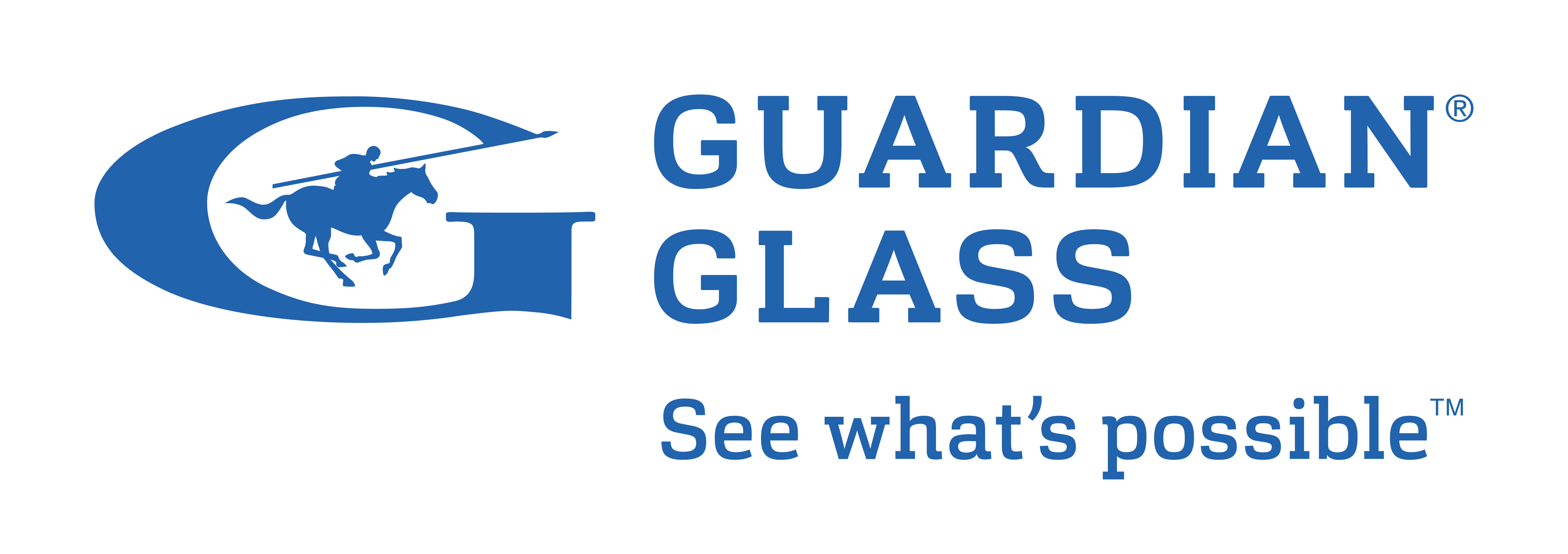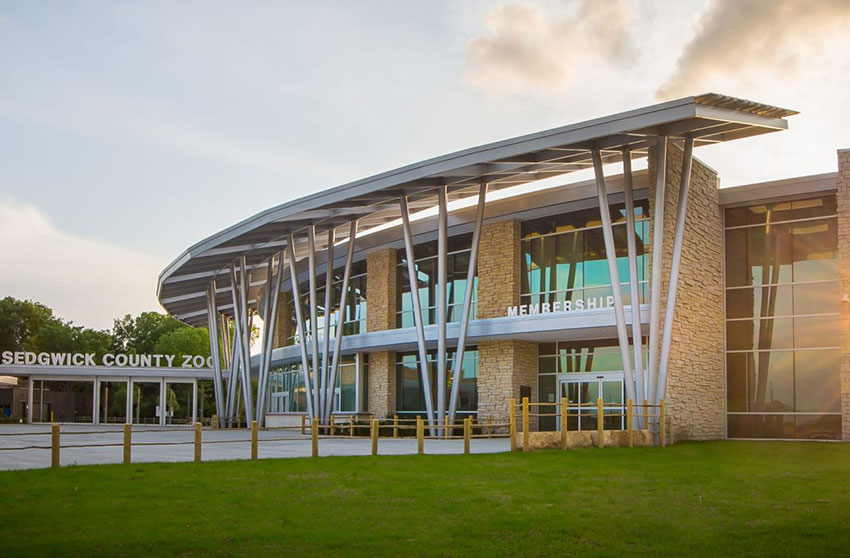Bird-Friendly Design
 1 AIA LU/HSW; 1 IDCEC CEU/HSW; 0.1 ICC CEU; 0.1 IACET CEU*; 1 AIBD P-CE; AAA 1 Structured Learning Hour; This course can be self-reported to the AANB, as per their CE Guidelines; AAPEI 1 Structured Learning Hour; This course can be self-reported to the AIBC, as per their CE Guidelines.; MAA 1 Structured Learning Hour; This course can be self-reported to the NLAA.; This course can be self-reported to the NSAA; NWTAA 1 Structured Learning Hour; OAA 1 Learning Hour; SAA 1 Hour of Core Learning
1 AIA LU/HSW; 1 IDCEC CEU/HSW; 0.1 ICC CEU; 0.1 IACET CEU*; 1 AIBD P-CE; AAA 1 Structured Learning Hour; This course can be self-reported to the AANB, as per their CE Guidelines; AAPEI 1 Structured Learning Hour; This course can be self-reported to the AIBC, as per their CE Guidelines.; MAA 1 Structured Learning Hour; This course can be self-reported to the NLAA.; This course can be self-reported to the NSAA; NWTAA 1 Structured Learning Hour; OAA 1 Learning Hour; SAA 1 Hour of Core Learning
Learning Objectives:
- Identify the four common reasons that birds collide with glass, from both the perspectives of bird behavior and building design, and how these collisions can impact the occupant experience.
- Explain bird-friendly product testing methods, their scoring rubrics, and how a bird-safe building can positively impact occupant behavior.
- Describe how clear access to natural lighting can improve occupant health, welfare, and connection with nature.
- Discuss the different types of bird-friendly glass products, installation methods, and uses.
- Recognize bird-friendly design elements that utilize a building’s shape, location, orientation, and landscaping.
This course is part of the Glass in Architecture Academy
Patterned UV Glazing: A Subset of Patterned Specular Coatings
The most recent advancement in bird-friendly treatments is patterned specular coatings, of which, as mentioned, UV glazing is a subset. These coatings, like low-E coatings, act as a mirror and can change the reflectivity and color of the glass. When patterned, this can create a visual contrast that the animals can see. Some products in this category are designed to leverage the UV spectrum to reduce or void the impact the coating has on the spectrum that is visible to humans. In fact, under certain lighting conditions, some products may not be visible to humans at all. Not all UV glazings are the same or have the same level of visibility to birds or humans. In addition, they all have compromises and it is impossible to have a product that does not compromise human visibility and provides protection for birds. The more invisible a product is to humans, the less deterrence it will have for birds. That is the trade-off that needs to be managed. However, visibility to humans can lend to the design. Aesthetics of a pattern is the cheat code for making visibility of a product acceptable.
In some cases, the manufacturing process of these products involves applying the coating on surface #1 and requires a laminated outboard lite. The interlayer acts as a UV absorber, while the UV coating reflects, creating an even greater contrast/pattern for the birds to see and cue deterrence. Other surfaces of the glass can then be utilized with other coatings, such as a low-E coating.
However, not all products marketed as UV glass products have a UV coating on the first surface or a UV interlayer. “UV coatings are increasing in popularity because of the rapid influx of local ordinances, such as New York City’s Local Law 15 (LL15) of 2020, which requires materials that reduce bird strike fatalities be installed on newly constructed or altered buildings,” explains Greg Rogers, Lead Product Manager, Guardian Glass North America. “Owners, designers, and especially occupants do not want their views to be interrupted.”
And they are popular because some of them appear closer to untreated glass than any other code-compliant deterrents. The UV option also minimizes obstruction, so occupants enjoy all the natural light penetration a bird-friendly glass can offer, along with the maximum energy performance of the glazing that’s paired with the UV coating. In addition, there are two exceptions in LL15 that mandate the use of UV deterrents in some situations. Where ground-floor transparency is required by the New York City Zoning Resolution, transparent Bird Friendly Material (BFM) with a UV-reflective pattern and a maximum TF of 27 shall be provided. In areas of special food hazard and shaded X-Zones where flood-resistant glazing is proposed and ground floor transparency is required by the New York City Zoning Resolution, transparent BFM with a UV-reflective pattern and a maximum TF of 36 shall be provided.

Photo courtesy of Guardian Glass; Whitney Starbuck Boykin
The view from the interior of 160 Water in New York City illustrates the clarity provided by UV glass. The project uses this bird-friendly glass on the first six floors in compliance with Local Law 15 of 2020.
After-Market Products and Solutions
There is no shortage of after-market products that are marketed as “anti-collision” or “bird-friendly,” whether they have undergone testing to verify that fact or not. These products range from commercial films that may be applied to large buildings to small and inexpensive stickers (sometimes featuring bird or hawk silhouettes) that anyone can buy for residential buildings. These after-market bird products have some positive attributes. Assuming the deterrent meets all of the criteria outlined earlier, illustrations on the surface of the glass, or even prints on perforated vinyl films, can add a desirable aesthetic to the building, engage the community associated with the space, or refresh the look of the space regularly, unlike permanent deterrents. Applying the products correctly is key. For instance, the hawk silhouettes do not work unless they are spaces 2 inches apart across the whole facade.
By far the biggest positive aspect of after-market solutions is that they offer a solution for buildings already in existence that are difficult or expensive to retrofit with new glass altogether, especially buildings that have been designated as acutely dangerous to birds. But both after-market and do-it-yourself solutions have considerable drawbacks: they may not be tunnel tested, they may not be very effective, they may void your glass warranty, and they may damage your glass. They may also not be installed correctly. Many films and stickers are only effective if they include the correct 2-inch spacing requirements. In the same way, they may not be durable, long-lasting, or easy to maintain in the same way that bird-friendly glass is.
BEYOND BIRD-SAFE GLASS: BIRD-FRIENDLY DESIGN CONCEPTS AND CONSIDERATIONS
Architects can work with owners to avoid or reduce collision hazards, using a combination of bird-friendly glass treatments and general bird collision knowledge. For example, knowing that bird strikes most often happen up to the height of adjacent mature tree canopy, builders can integrate bird-friendly glass products into that part of the building, or mix with materials with lower Threat Factors as defined by the American Bird Conservatory throughout that area. Other factors to consider include lighting, reflections, window shades, and interior design, all of which can impact a building’s bird collision rate, and all of which should be given attention, along with materials and location, during the design process.
How to Design a Bird-Friendly Building
It can feel as if building a bird-friendly structure limits your design. However, while it may influence some choices or affect the building’s budget, bird-friendly choices improve outcomes for the environment, occupants, and society as a whole. In addition, bird-friendly strategies may be required by law or by the mandates of the project itself.
Keep up with glass manufacturers on the latest bird-friendly technology and product information. Selecting the correct bird-friendly glass for your project means balancing four different considerations: code, cost, performance, and aesthetics. Start bird-friendly considerations early in the building process to avoid issues down the road, control costs, and achieve the best results.
During the conceptual or schematic design phase, review your basic plans with a glass manufacturer, outlining the build’s vision, shape, orientation, location, and purpose. This information can help everyone on the project understand if and where reflection, lighting, or transmission may increase the likelihood of bird strikes and what design changes or types of bird-friendly glazing could help the predicted issues.
During the design development phase, it’s time to delve into deeper conversations with glass manufacturers about the specific products and sizes you’ll need, along with costs. Ask about any new product options or changes in cost. This is also the ideal phase to examine exterior and interior landscaping through a bird-friendly lens: What is the habitat around the building site and how will animals move around it? Is the structure in the line of flight for specific species or migrations? Also during this phase, make sure that your plans will earn the LEED Bird Collision Deterrence credit if you wish.
During the construction documents phase of building, finalize your bird-friendly products and verify all specs before bidding. Take a last overall look at your building from the standpoint of bird collision reduction. Remember that after-market bird-friendly solutions come with extra costs, less tested effectiveness, and other drawbacks.
CONCLUSION
Bird-friendly design is an architectural concern that is growing in importance as the industry recognizes it as an integral part of sustainable and healthy building practices. At the same time, glass is a major building material and will remain such. Finding bird-friendly treatment solutions for glass is one important key to reducing bird strikes while preserving the benefits of glass in design.
In most locations in the United States, bird-friendly design is voluntary, but legislation on the federal, state, and municipal level is changing quickly toward more bird-friendly regulations based on growing concerns about bird populations and the environment. It's also important to remember that bird collisions are not just a city problem. Suburban and rural areas with lots of habitat around buildings constructed with lots of glass are going to have more collisions over the building's life than the same building in a dense city.
By learning about the physiology and behavior of birds, researchers have determined the four major causes of bird collisions. Now the industry is developing best practices for manufacturing effective bird-friendly glass products. However, this is a relatively new area of research and scientific discovery, and one that is still evolving.
Today, there are three major bird-friendly glass treatments: etching, fritting, and patterned specular coatings, which includes UV glazing. Under certain lighting conditions, UV glazing provides an almost-invisible option for builders that does not compromise the overall design of the building or the benefits of designing with glass. With “patterned specular coated products," there will be a visible spectrum portion of the coating as well as an invisible-to-humans (UV spectrum) portion of the coating. Both will be present on every “UV glazing” product. For this reason, each product on the market looks and performs differently. How the manufacturers balance visible vs. invisible will impact the aesthetics and efficacy of everything marketed as UV. Architects can talk with owners and facilities about the benefits and rationale for including bird-friendly glass solutions into their building. They may also connect with manufacturers for the latest information on products, testing, and effectiveness that can be used in current or upcoming projects.
REFERENCES
https://www.terrapinbrightgreen.com/reports/the-economics-of-biophilia/ (benefits of birds/nature) https://www.lifehack.org/662393/the-price-of-distraction-is-hugely-beyond-your-imagination (refocus after distraction) https://www.audubon.org/news/more-half-us-birds-are-decline-warns-new-report#:~:text=The%202022%20U.S.%20State%20of,need%20for%20further%20conservation%20efforts. (bird populations) https://www.congress.gov/bill/117th-congress/senate-bill/791 (federal legislation) https://abcbirds.org/glass-collisions/existing-ordinances/ (state/city legislation) https://www.usgbc.org/credits/new-construction-core-and-shell-schools-new-construction-retail-new-construction-data-41 (LEED credit) https://abcbirds.org/wp-content/uploads/2015/05/Bird-friendly-Building-Guide_LINKS.pdf (tunnel test) https://abcbirds.org/glass-collisions/threat-factor-rating/ (threat factor rating system) https://flap.org/winding-path-advocating-bird-friendly-buildings/ (Western University retrofitting) https://audubonportland.org/press/new-report-shows-a-94-decrease-in-avian-window-collisions-at-city-building-after-retrofit/ (Columbia building retrofit) https://gothamist.com/news/dozens-migrating-birds-found-dead-outside-shiny-harlem-condo (deadly condo) https://www.guardianglass.com/us/en/projects/project-details/detroit-zoo (detroit zoo) https://www.allaboutbirds.org/analysis-the-economic-value-of-birds/ (why birds matter) https://www.sciencedirect.com/science/article/pii/S0272494421001353 (impact of multisensory approach on human well-being) https://www.sciencedirect.com/science/article/abs/pii/S0272494422001682 (influence of windows on cognitive performance) https://www.terrapinbrightgreen.com/reports/the-economics-of-biophilia/ (lower crime rates, higher profits)
Sarah Aswell is a journalist and editor living in Missoula, Montana. She contributes to continuing education courses and publications through Confluence Communications. www.confluencec.com







